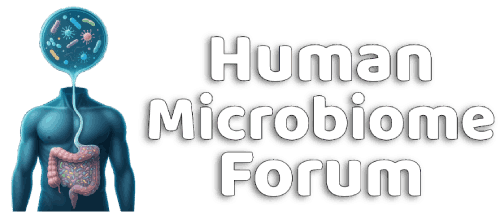Michael Harrop
Well-known member
https://medicalxpress.com/news/2024-03-amount-protein-consumed-pregnant-women.html
https://www.nature.com/articles/s41467-024-46030-3
Cool!
https://www.nature.com/articles/s41467-024-46030-3
Abstract
The development of craniofacial skeletal structures is fascinatingly complex and elucidation of the underlying mechanisms will not only provide novel scientific insights, but also help develop more effective clinical approaches to the treatment and/or prevention of the numerous congenital craniofacial malformations.
To this end, we performed a genome-wide analysis of RNA transcription from non-coding regulatory elements by CAGE-sequencing of the facial mesenchyme of human embryos and cross-checked the active enhancers thus identified against genes, identified by GWAS for the normal range human facial appearance.
Among the identified active cis-enhancers, several belonged to the components of the PI3/AKT/mTORC1/autophagy pathway. To assess the functional role of this pathway, we manipulated it both genetically and pharmacologically in mice and zebrafish. These experiments revealed that mTORC1 signaling modulates craniofacial shaping at the stage of skeletal mesenchymal condensations, with subsequent fine-tuning during clonal intercalation.
This ability of mTORC1 pathway to modulate facial shaping, along with its evolutionary conservation and ability to sense external stimuli, in particular dietary amino acids, indicate that the mTORC1 pathway may play a role in facial phenotypic plasticity. Indeed, the level of protein in the diet of pregnant female mice influenced the activity of mTORC1 in fetal craniofacial structures and altered the size of skeletogenic clones, thus exerting an impact on the local geometry and craniofacial shaping.
Overall, our findings indicate that the mTORC1 signaling pathway is involved in the effect of environmental conditions on the shaping of craniofacial structures.
Cool!
- Format correct?
- Yes
